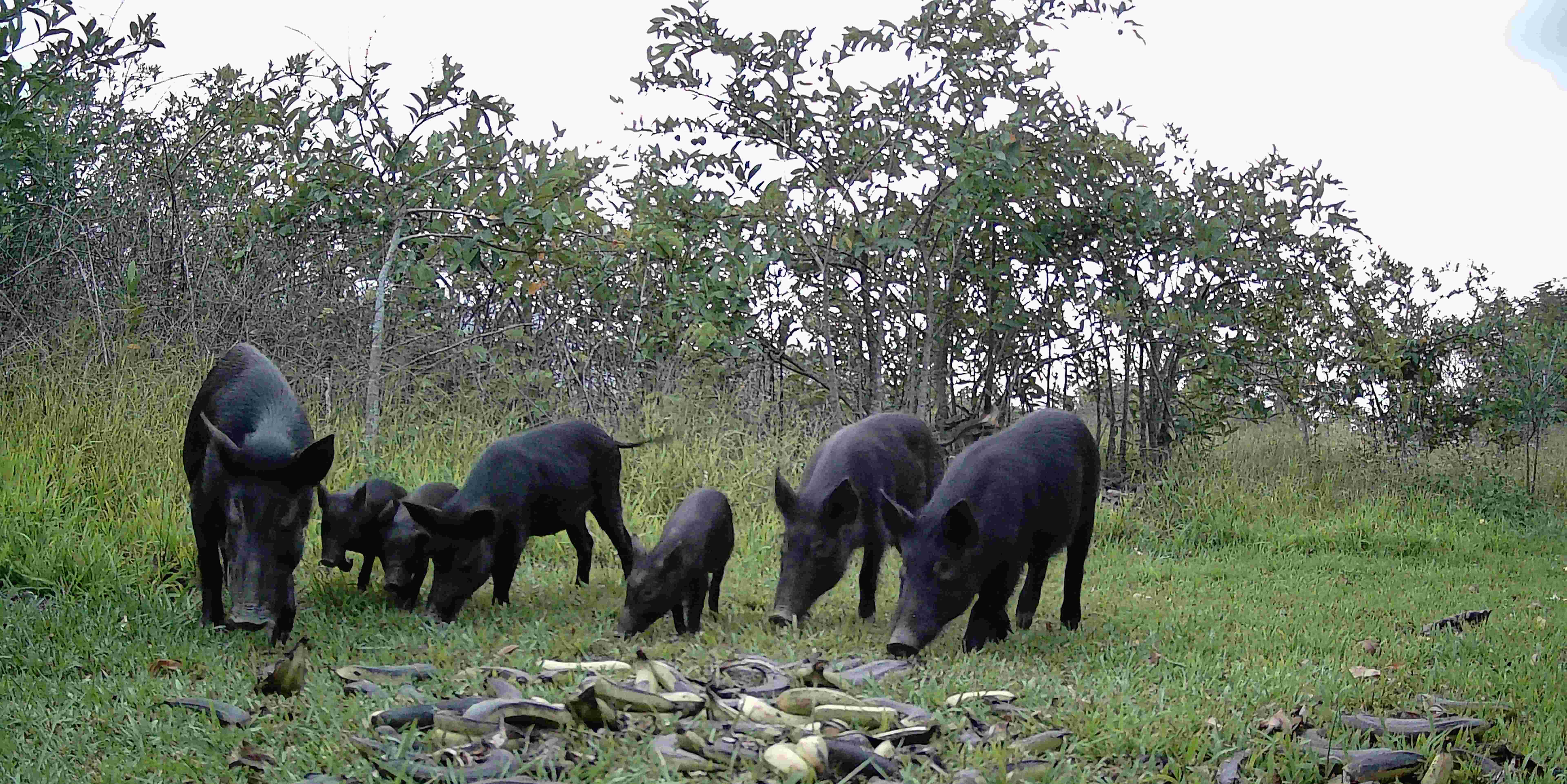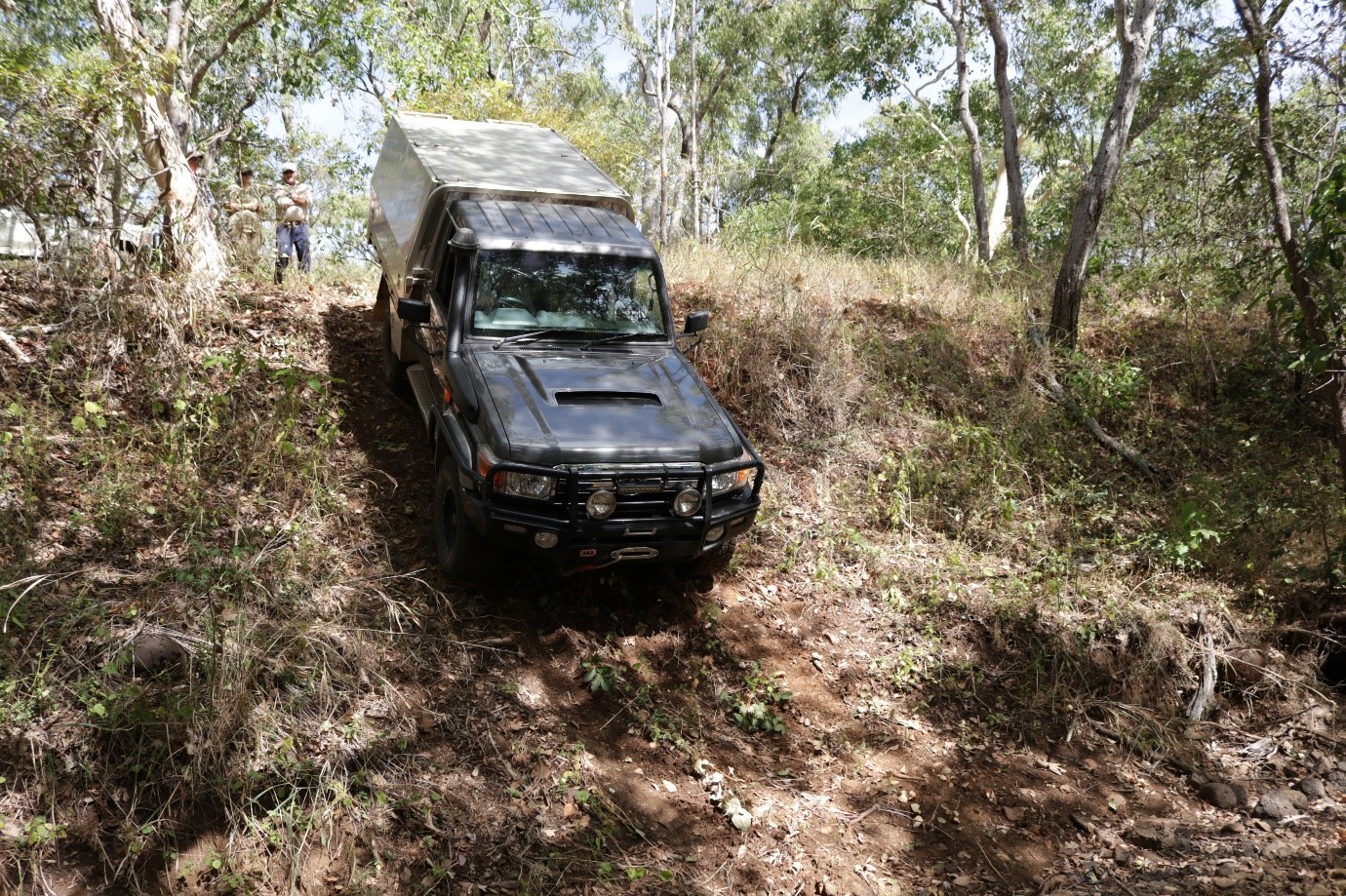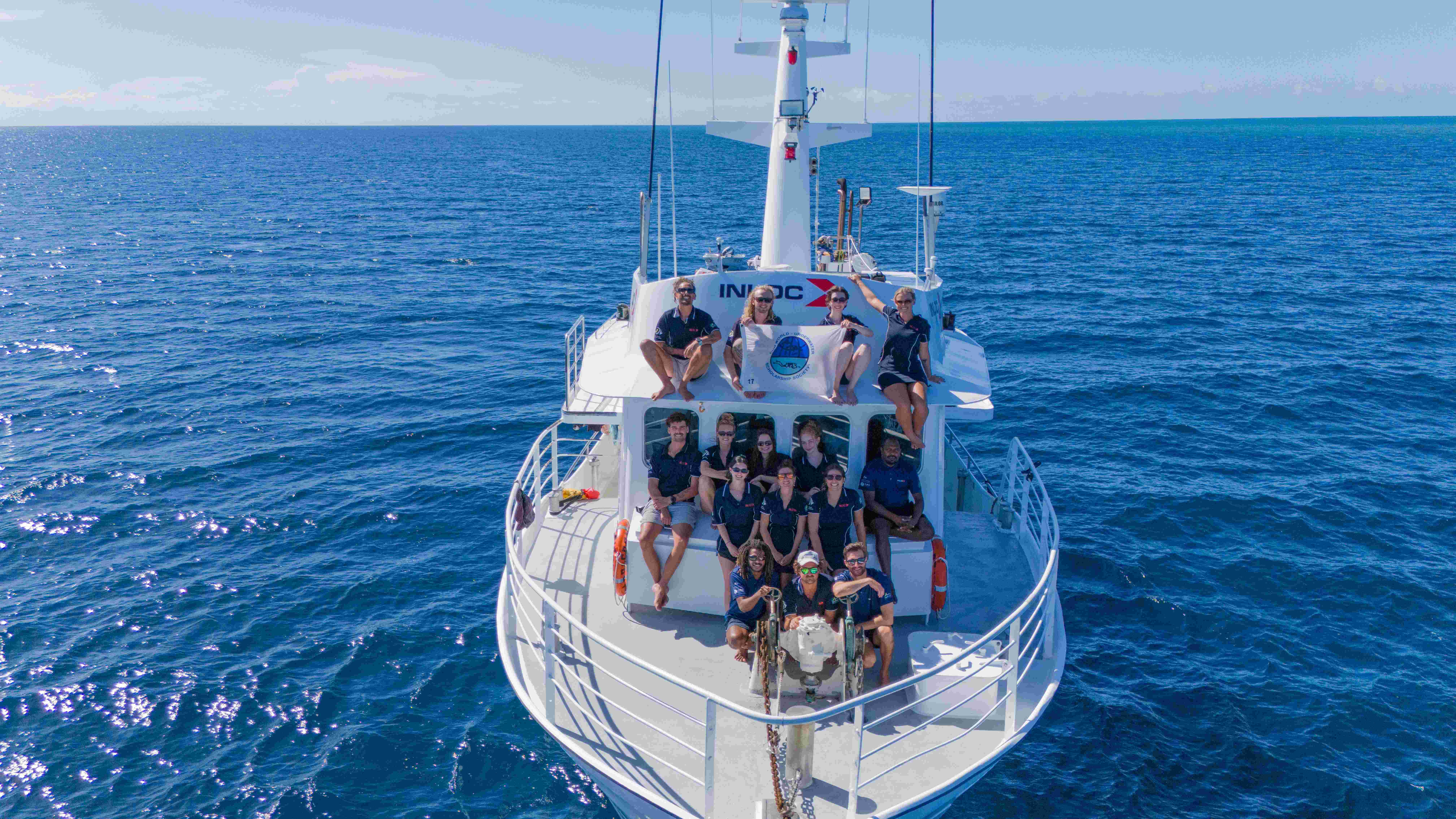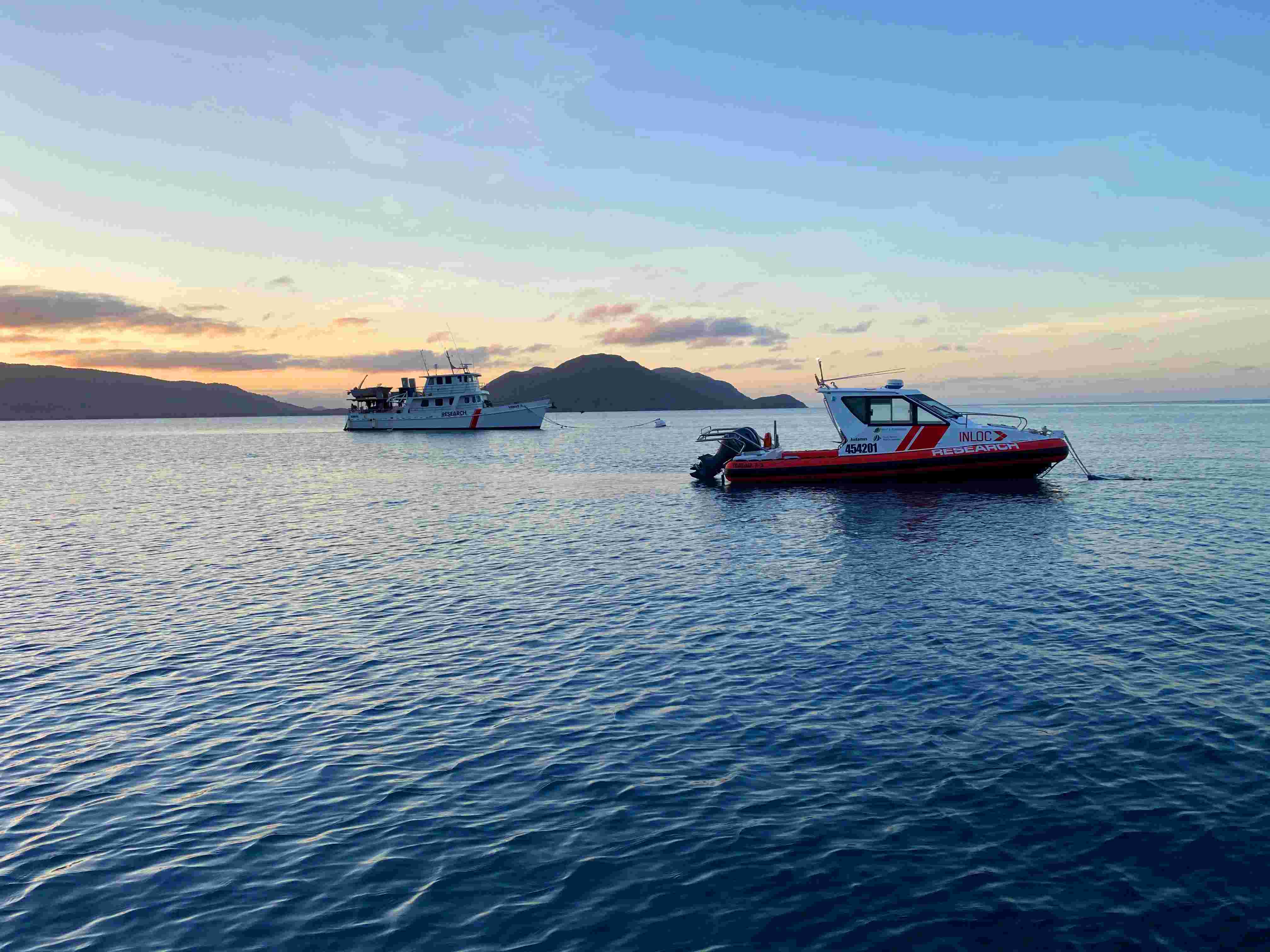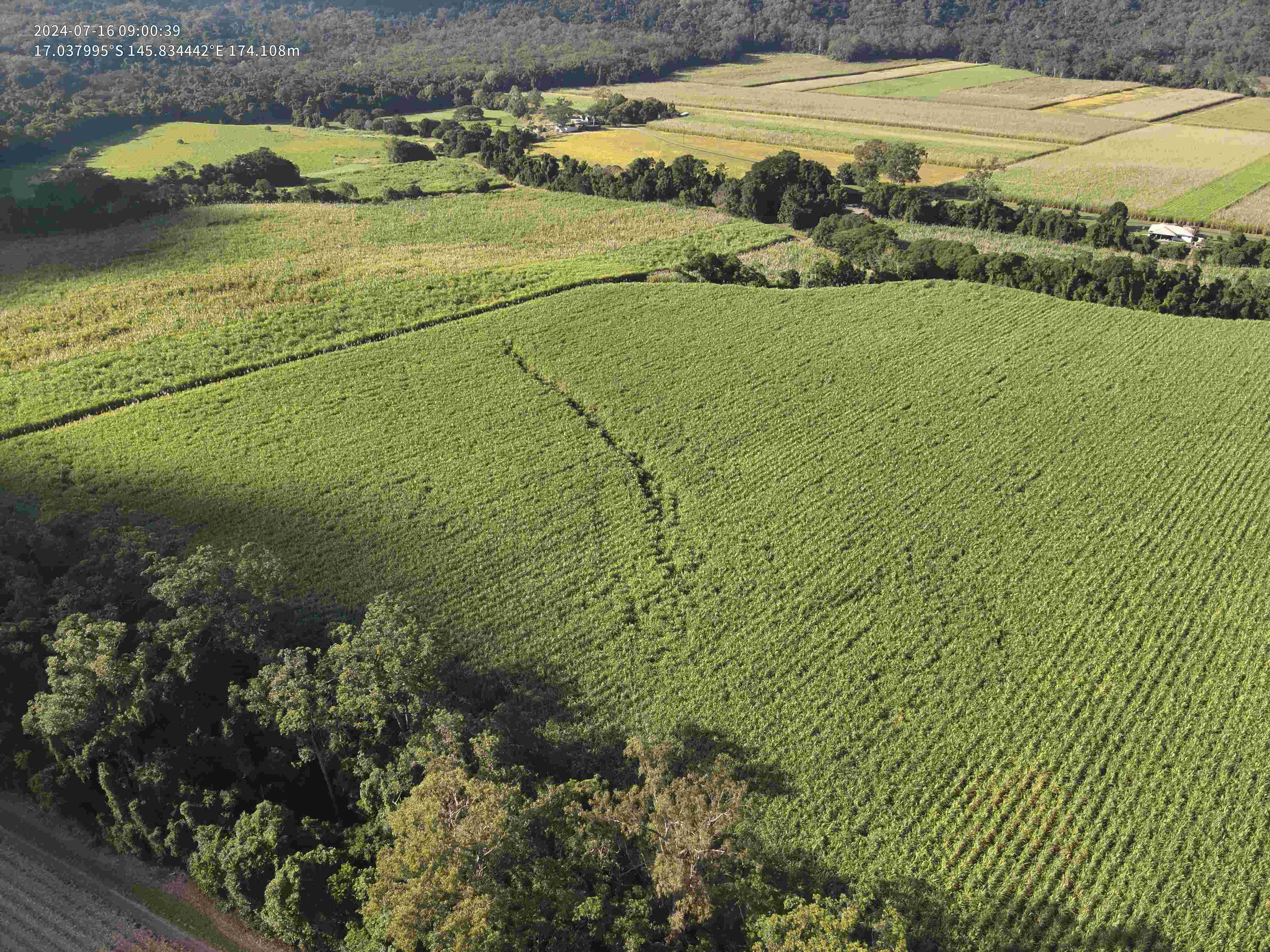In many parts of Australia, especially in remote areas, land and sea management isn’t just a job — it’s a way of life. But knowing how to work safely and respectfully on Country, or how to contribute to local environmental projects, often requires learning some core skills.
That’s where foundational training — like the Certificate I in Conservation and Ecosystem Management — comes in. It’s not a course about becoming an expert. It’s about building confidence and awareness to take part in meaningful work, whether that’s looking after land, helping with a clean-up crew, or assisting on a community revegetation project.
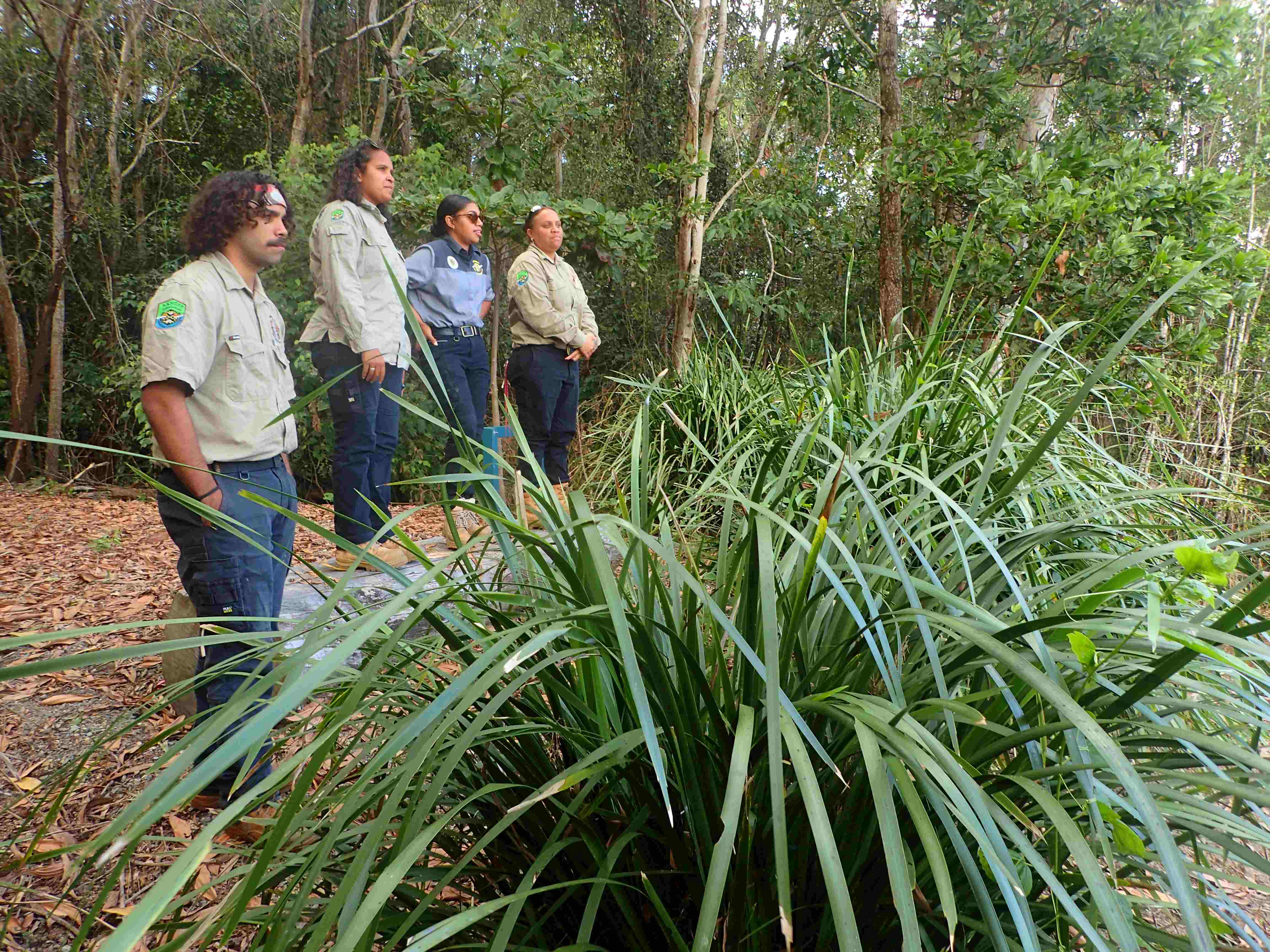
Committed To Conservation:
Across Australia, ecosystems are under pressure. From land clearing to invasive species and pollution, the impacts are seen daily — especially in places where people live close to the land.
But conservation isn’t only about fixing the damage that has already been done. It’s also about learning to prevent it. Understanding what’s healthy, what needs restoring, and what needs protecting — before it disappears. Conservation training provides the tools and knowledge to contribute effectively to restoration and protection efforts.
At its core, conservation work is about respect — for land, for water, for wildlife, and for the communities who live in harmony with Country.
Starting point: Entry-Level Conservation Training
For many people, formal training can feel like a big leap. What makes entry level courses approachable is that it’s designed for people who might not have previous qualifications but want to build up skills in conservation or land care.
An entry-level conservation course could be useful for people who:
• Want to support local or community environmental projects
• Are involved in cultural site work or on-Country programs
• Are exploring ranger work, land management, or marine care
• Are looking to build skills before moving into a job or further training
• Work in teams supporting remote operations, such as fire management or erosion control
What Kind of Skills Does a Course Like This Teach?
Most of what you learn in a course like this is practical and hands-on. You won’t be sitting in classrooms all day — you’ll likely be outside, working with basic tools, learning practical skills, and learning how to safely carry out efforts.
Here are some of the core skills you might learn:
• How to follow safety protocols in outdoor and remote environments
• How to use and care for simple tools
• How to support basic land care — like removing weeds, seed collection, or nursery work
• How to follow directions, work as a team, and communicate clearly in a job setting
• How to notice environmental risks — from unstable ground to wildlife hazards
These may sound like small steps — but they help people build the kind of awareness that’s essential for anyone working in land-based roles.
These Skills Matter — Especially in Remote and Indigenous Contexts
In many remote areas, conservation isn’t just an environmental issue — it’s about food security, cultural protection, and community health. The condition of waterholes, the spread of weeds, or the strength of a firebreak can directly affect how people live. Land management isn’t only a form of employment but a part of cultural and community responsibility.
Training programs like this one can support these responsibilities by offering tools and recognised pathways into ranger teams or environmental programs.
Real-World Value: Small Actions, Big Outcomes
A lot of the work that keeps remote and natural areas functioning isn’t anything crazy. It’s the consistent, effective efforts that happen behind the scenes that make the difference.
Here’s what this training might look like in action:
• A local team restores native grasses on a degraded wetland, helping bring back birdlife and protect water quality.
• A land management team collects native seed from bushland areas, learning to weigh, label and store seeds as well as record valuable seed information.
• A group of workers collect and properly store debris and waste materials in order to keep the land and work area clean.
• A worker learns how to safely operate a brushcutter and uses it to clear weeds around a cultural heritage zone, protecting access for future generations.
In each of these examples, the skills are practical — but the outcomes are deeply connected to community and environment.
A Step That Connects People to Place — and to Possibility
For people in coastal towns, bush communities, or remote locations, formal training can sometimes feel disconnected from real life. But it’s not about sitting in a classroom or passing a test. It’s about building on skills and learning how to contribute — to the land, to your crew, to a project that makes a difference in community life.
It opens doors to land-based jobs, further training, and community programs. It builds responsibility and environmental awareness that’s needed especially in places where Country is both fragile and immensely important for way of life.



